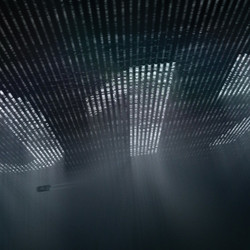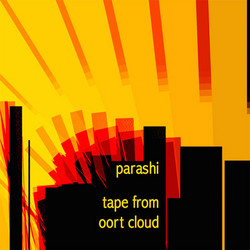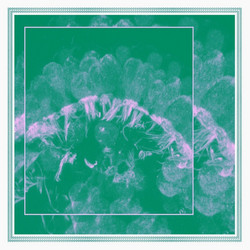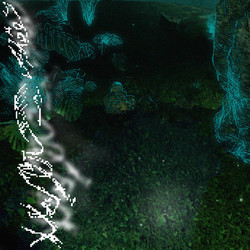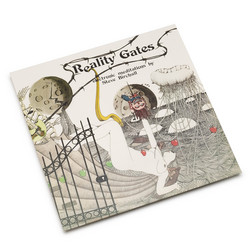Phaserprone head honchos Jonas Asher and Jochen Hartmann return with a new collaborative effort as NIL, a synth-patch noise project destined to undermine any and all genres experimental sound. Previously as UW OWL and especially on their untouchable New Birth of Old Death tape, Asher and Hartmann created a decrepit sequence of nihilist voids featuring post-apocalyptic industrial noise with abandoned/discarded electronics. It’s easily one of the most bizarre and unknown documents ever recorded. In their own solo efforts, Asher generally as Grasslung and Hartmann as HSDOM (only to name (possibly) their most recognized projects), each artist blurs the lines between minimal electronic experimentation and post-industrial dirge. The bottom line is, Phaserprone and Asher/Hartmann’s signature sound is a vibrant and unique strain in a sea of music otherwise slowly driving itself to banality.
The label returned in 2011 after a three-year hiatus with a batch of five tapes and a single 7″, splitting the new material across Phaserprone OG’s and brethren HSDOM, Mark Lord (Chris Forgues of Kites and Daily Life), and Dust (aka Daniel La Porte of Door, Earth Crown and Copper Glove) as well as newcomers Roe Enney, Thought Broadcast, and Ampax Catalog. The new music only cemented the label’s grip on engaging yet fractured electronics while perpetuating the certain veiled quality and mystique of the label. Hell, I wouldn’t put it past Asher and/or Hartmann to be the hands behind most of Phaserprone’s catalog. Borg and Southern Man (early in the catalog) and Thought Broadcast and Ampax Catalog all closely resemble Asher and Hartmann’s various work more than a bit. I guess that’s just a testament to the label’s identity, unless any of the newer projects come out of the shadows any time soon.
So here we have Nilmonic Process, a glorious new LP described by the label as “developed through a self formulated language of both loose form free-feedback (Nilmonic Process) and computer generated composition (Nilmonic Processors).” Chaotic feedback, boundary-less improvisation, and calculated synth noise make it utterly impossible to tell what’s performed and what’s generated. The duo’s demented sense of humor reveals itself in the concept and execution here. It’s all out in the open: clean artwork with precise design, album credits, recording process and instrumentation, and even track durations are listed. Nothing to hide. But it’s immediately apparent that it’s all a ruse. The label has flirted with themes of dark sci-fi or a Skynet-esque apocalypse, but the vision seems to be fully realized here. Pieces abruptly edit from one to the next, with little or no recognizable change. The struggle between man-made sound and machine-generated sound is destroyed. Fractured shards of noise cycle in and out of effects range with precise error and out-of-pattern cycles. The brief LP is a precise squall of accidental and calculated sound, changing the direction of performed noise and academic experimentation.
Nilmonic Process is also one of those rare LPs where each listen yields a completely different experience. Sounds replicate most of the time, but something’s never quite right. And with tracks ranging from twenty or thirty seconds to a few minutes in length, it’s impossible to parse each piece out one by one. Running through the cycle the first time is a superficial buzz of scrap metal and effects. The second or third lap through might reveal patterns in the storm. By the eighth or tenth time though, you’re no closer to understanding the chaos than before that first play. One thing can be certain though, Phaserprone will always be miles ahead of the rest, and their Nilmonic Process could be the direction we’re all headed.

